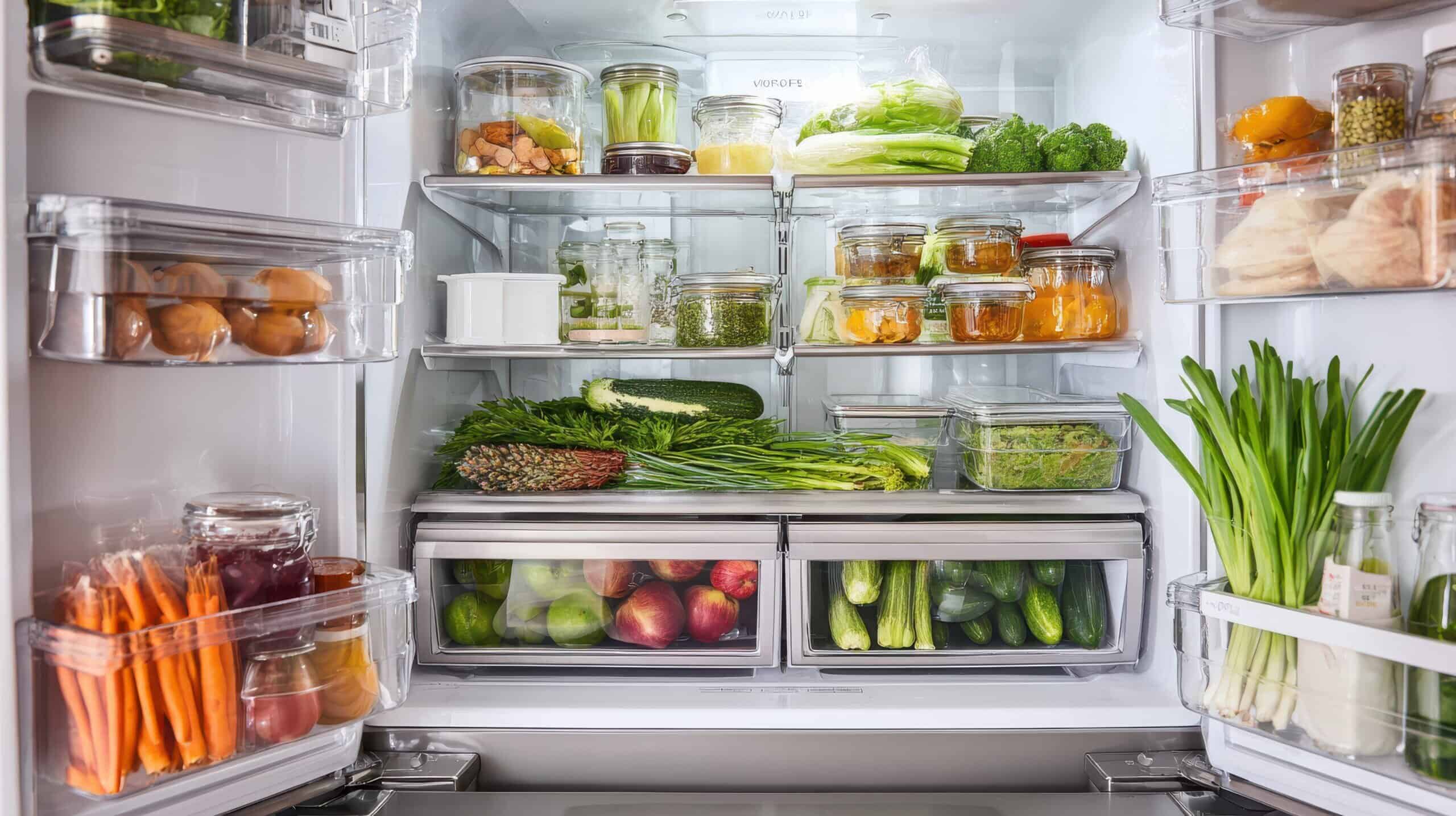How To Lose Belly Fat According to Science
By Dr Sophie Duggan
Trying to lose belly fat? Here are three things you might be doing wrong
To lose belly fat, you need to eat smart, fast smart and train smart. We’ve consulted the experts to show you how it’s done.
So you’ve cut back your calories, you’re in the gym five times a week and you’ve even scaled down the nights out. You want to lose weight and you want to lose belly fat. The weight is falling, but your waistline won’t budge.
It’s frustrating. After all, committing to eating well and exercising is a pretty major lifestyle shift – you’re doing your bit, so why won’t your body co-operate?
So what’s going on?
Belly Fat and Insulin
To lose belly fat, you have to understand belly fat. And to understand belly fat, you need to understand the basics of how insulin works.
Your body makes insulin after a meal in order to keep blood sugar stable.
On your cell walls, insulin opens up glucose ports to allow sugar through – for burning in muscle, and for storage in fat. In your fat, insulin also curbs the release of fatty acids (a source of energy) into your system.
All well and good – as long as your insulin is working. However, as we age (and eat junk), cell-wall insulin receptors become less sensitive.
As a result, even after a meal, our blood is replete with glucose and fatty acids. This is a toxic brew, driving an array of bad outcomes, including rapidly-expanding belly fat.
Join our email community
Learn more about The Fast 800 approach to healthy living by receiving our free content, health tips and recipes as well as exclusive offers, delivered straight to your inbox.
A three-pronged attack on belly fat
As if this were not bad enough, fat cells in deep your abdomen – also known as “visceral fat” – are reluctant to let go of their energy-stash. To find the extra energy needed to fuel a small energy deficit, or a standard gym session, your body will look to other reserves first, like your glutes.
Fortunately though, recent breakthroughs in medical and sports science have shown that it is possible to throw this gradient into reverse: you can lose belly fat, and you can lose it fast.
Step 1: Low Sugar and Simple Carbs
To make a serious impact on your belly fat, cutting out sugar-spikes is key. A surprising number of “diet” snacks and drinks are high in sugar, and are marketed as diet foods because they happen to be low in fat.
This is supported by numerous studies. When people cut carbs, their appetite goes down and they lose weight (1). Now over 20 randomised controlled studies have now shown that lower-carb diets can lead to 2–3 times more weight loss than low-fat diets (2, 3, 4).
So – limit your intake of any food or drink containing more that 5 per cent sugar to no more than twice a week. This includes sweet fruits like mango and pineapple, and sugary smoothies and juices. Likewise, replace processed carbs like white bread, chips and pasta with slow-release energy sources, such as brown rice or quinoa.
Two things will surprise you: the amount of sugar you were consuming unawares, and the speed at which your belly fat will begin to tame itself.
Step 2: Intermittent Fasting
The idea that fasting “slows your metabolism” is a myth. Under conditions of marked energy deficit – 800 calories per day or less – not only do you simply lose weight by eating fewer calories, but your body responds to the stress of fasting by enhancing hormone function to facilitate weight loss and burn fat for energy.
Short-term fasting can lead to several changes in the body that make fat burning easier. This includes reduced insulin, increased growth hormone, enhanced epinephrine signalling and a small boost in metabolism.
According to a 2014 review of the scientific literature, intermittent fasting can cause weight loss of 3-8% over 3-24 weeks (5). Not only this – but people lost 4-7% of their waist circumference as well – indicating a large loss of the harmful belly fat in the abdominal cavity, strongly linked to chronic disease.
So want to shift that weight round your middle? Try intermittent fasting.
Step 3: HIIT
Exercise is key for various reasons. It is amongst the best things you can do for a long and healthy life.
While exercise alone will not help you lose the stubborn fat from round your middle, it can be crucial for helping reduce the risk of re-gaining fat (6) as well as lowering blood sugar levels and improving insulin sensitivity.
How best to achieve this though? Research has shown the extraordinary impact that ultra-short bursts of HIIT (high intensity interval training) can have. All in just a few minutes. Not only is it effective, but study after study has shown it is much easier to stick to. Find out more about the benefits of HIIT and exercise here.
In Summary
Conventional diet and training regimes don’t help you to lose belly fat. And let’s face it: surrounded by junk food, dosed with snacks and working in sedentary jobs, we live in an environment that piles it on. And yet more and more people are discovering that with the right lifestyle changes, they can burn it off. And most amazing? It’s not as hard as you think.









